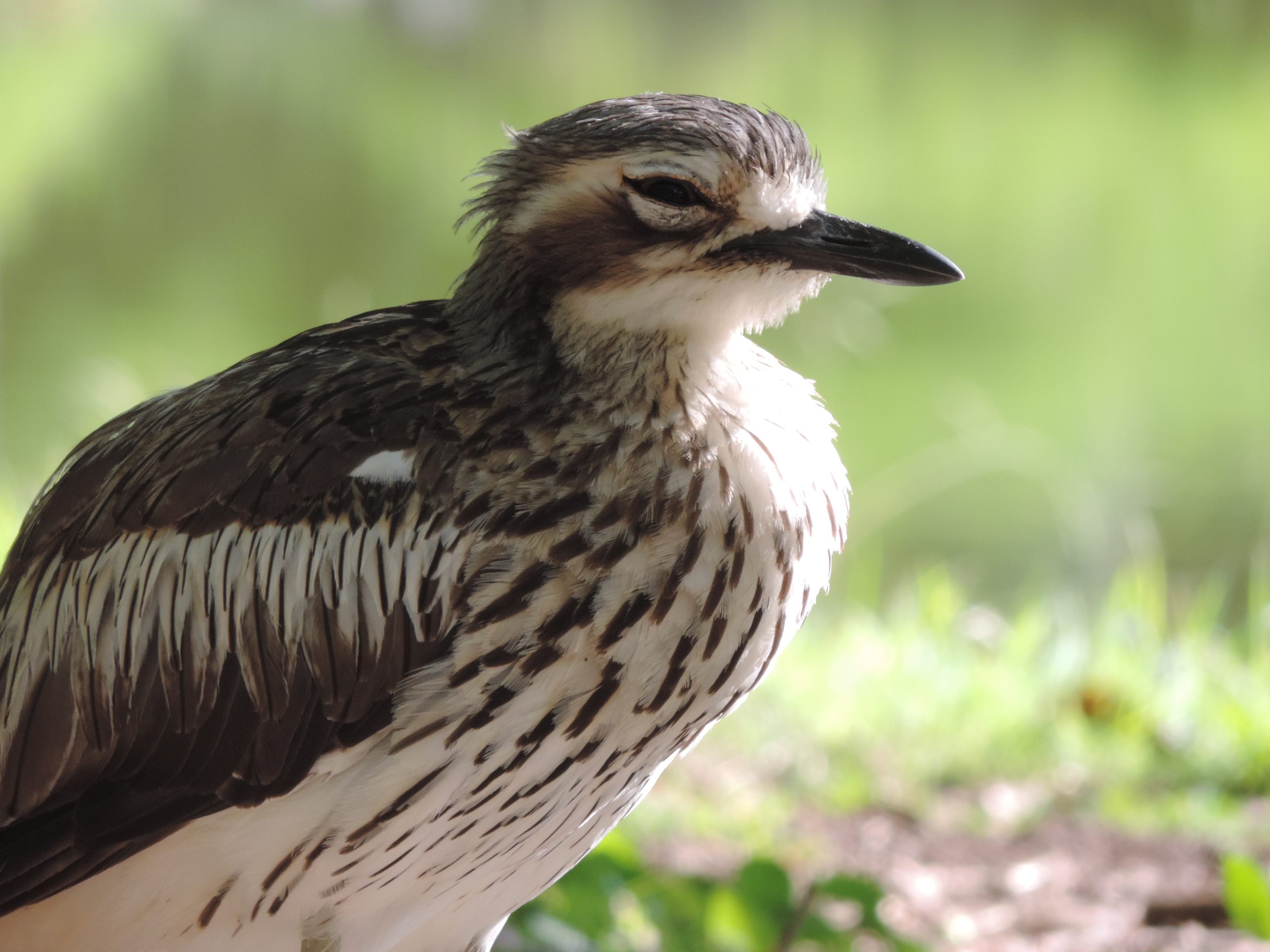
Little black cormorants (Phalacrocorax sulcirostris) can be found at UQ’s lakes, especially near the bus stop. Cormorants are excellent divers, helping them to snatch up their favourite snack: fish. Some groups of little black cormorants have even learned to hunt as a coordinated group, just like the Jurassic Park (but not real) velociraptors! As a flock, they’ll fly low in the same direction, flapping their wings against the water to herd fish into one spot where the whole group can catch them.

Bush stone-curlews (Burhinus grallarius), commonly known as thick-knees, are most active at night, when you’ll also hear their wonderfully creepy, ghostly, wailing calls. They wander all around UQ, but I have the best luck finding them near Conifer Knoll. Their huge yellow eyes help them hunt small grassland animals in the dark. When they sense danger or an observer, their instinct is to go “if I stay still, then no one can see me!”. Combined with camouflage, this strategy is surprisingly effective, although very goofy-looking.
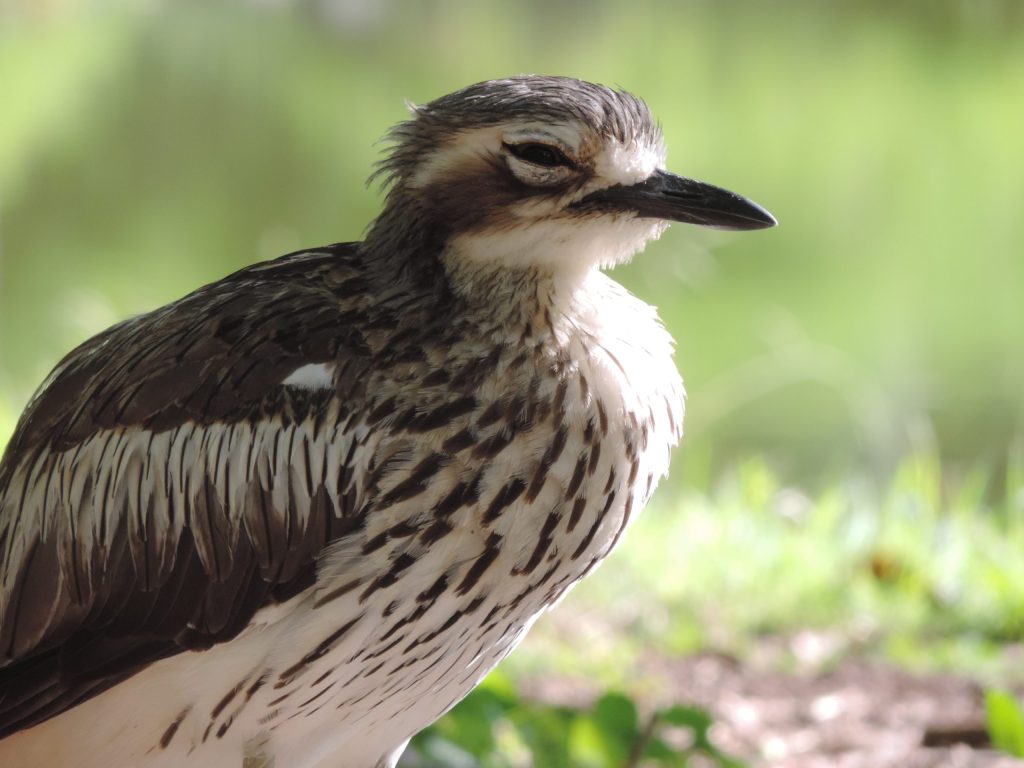
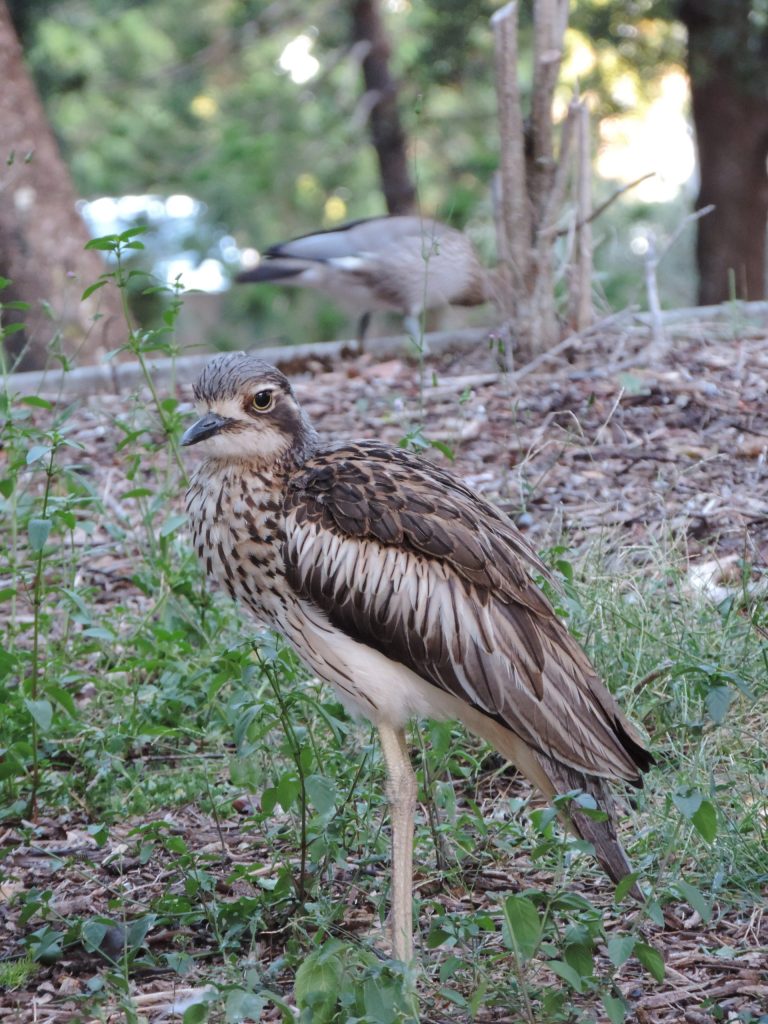
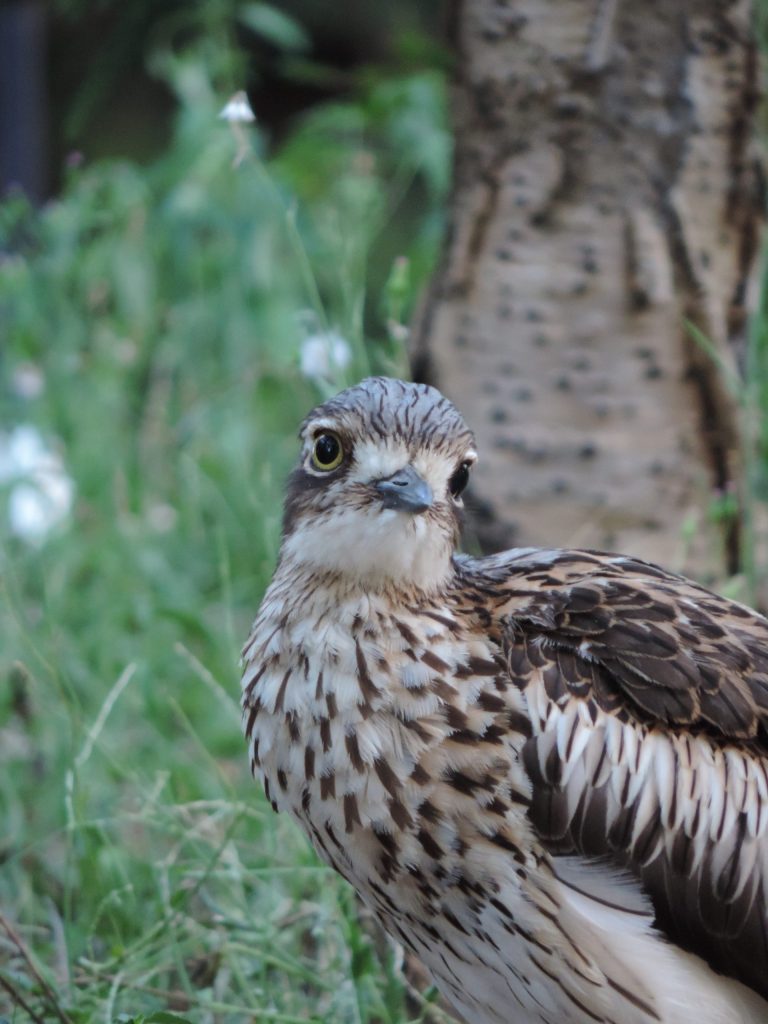
It’s hard to beat a little corella (Cacatua sanguinea) in a ‘silly little guy’ contest. They love to loudly yell and play, from swinging upside down in trees to tumbling around with each other on the ground. They flock together in the hundreds at UQ Lakes during the morning and evening, and you’ll definitely hear their high-pitched screeches. These noisy cuties pair up for life when it’s time to raise a family. They heavily rely on tree hollows for nest sites and will reuse one nest for several years in a row.
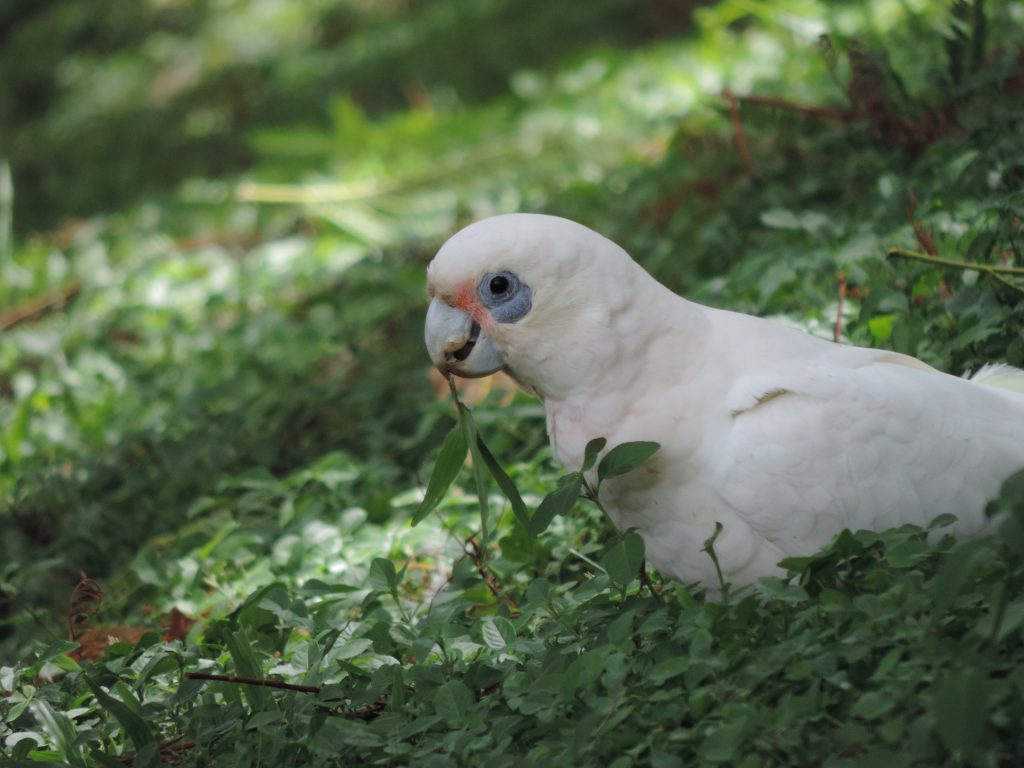
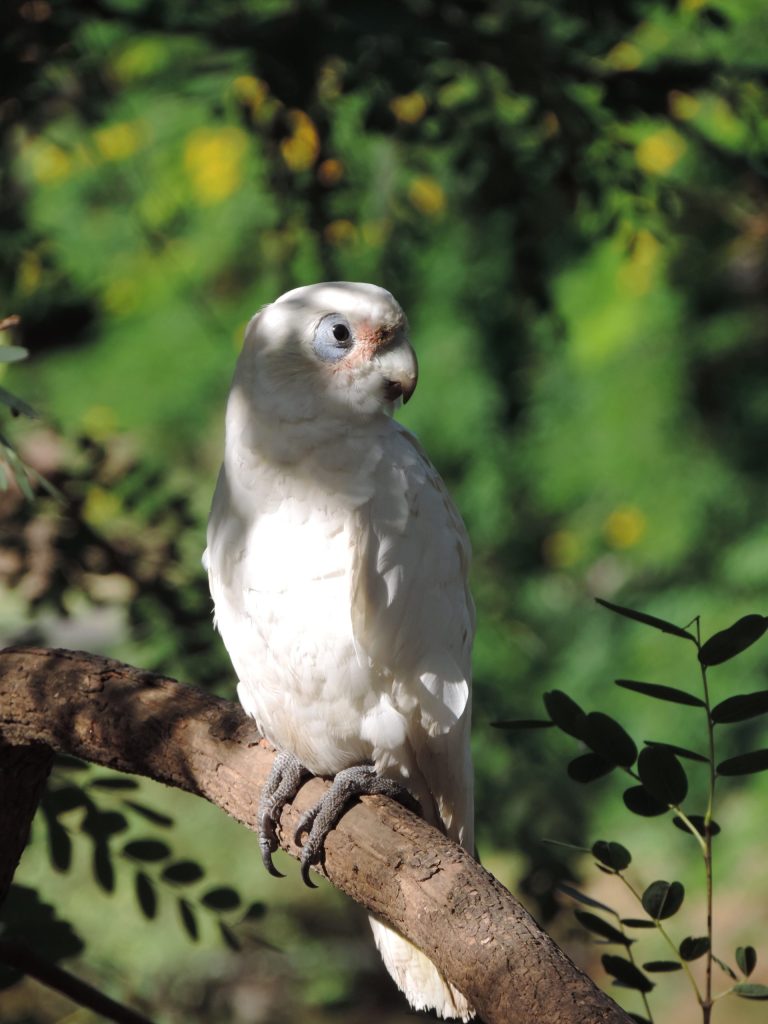
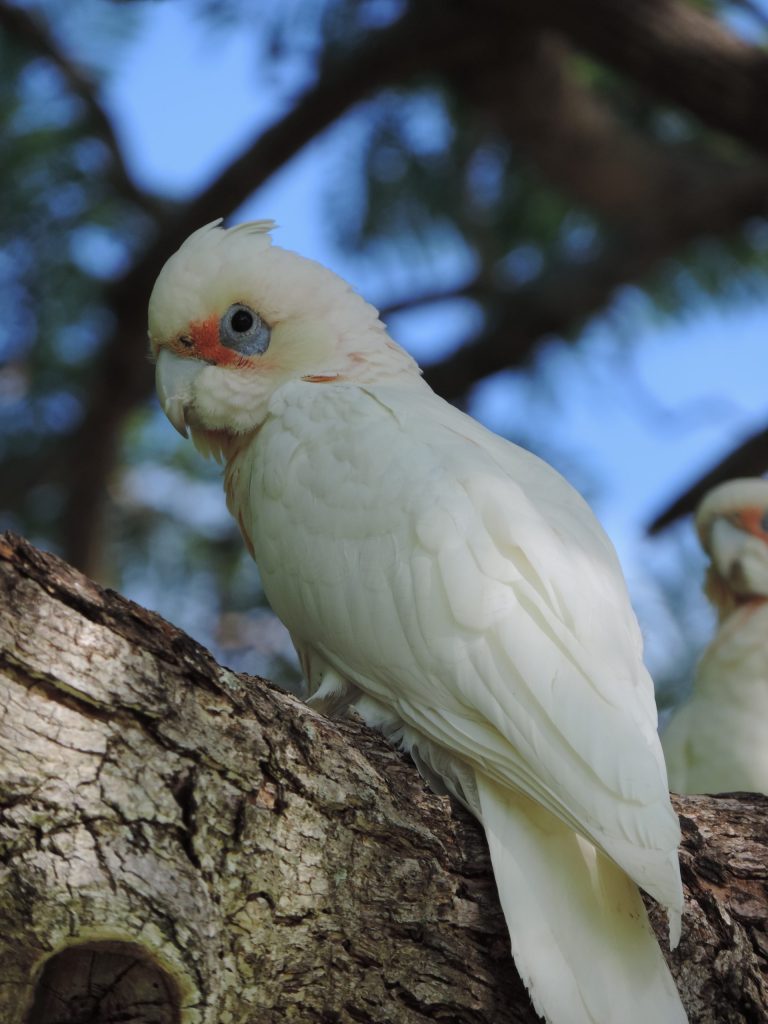
Written by Ali Spanevello
Photography by Ali Spanevello
Views: 10
